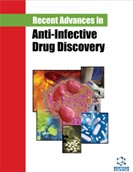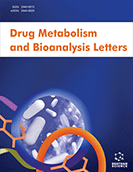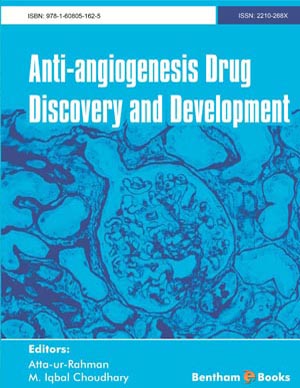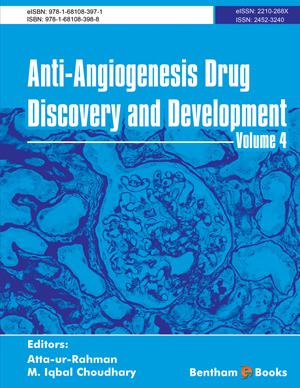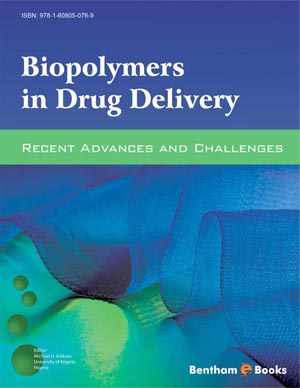Abstract
Murine monoclonal antibodies (mAbs) have great potentials as therapeutics developed for clinical applications. The major problem with these mAbs, however, is their immunogenicity due to their foreignness to humans. Humanization, a process to decease the content of murine residues in mAbs, can make it possible to reduce their immunogenicity for clinical uses. One of the humanization strategies, complementarity determining region (CDR)-grafting is well-established and popular, but it generally needs multiple design cycles, which are time-consuming. A CDR-grafting approach now described is based on a comprehensive analysis of the antibody sequence, and its three-dimensional structure from molecular modeling, to identify critical residues in the murine antibody of interest, which guides the completion of CDR-grafting to a human antibody template in a single cycle. The single-cycle structure-based method was used to create the first humanized (>94% human) anti-ricin monoclonal IgG antibody (results published and patented). The steps used in the successful creation of this antibody, hD9, are described to assist the researchers in their quest to develop humanized antibodies against threat agents.
Keywords: Antibody, humanization, CDR-grafting, molecular modeling.









